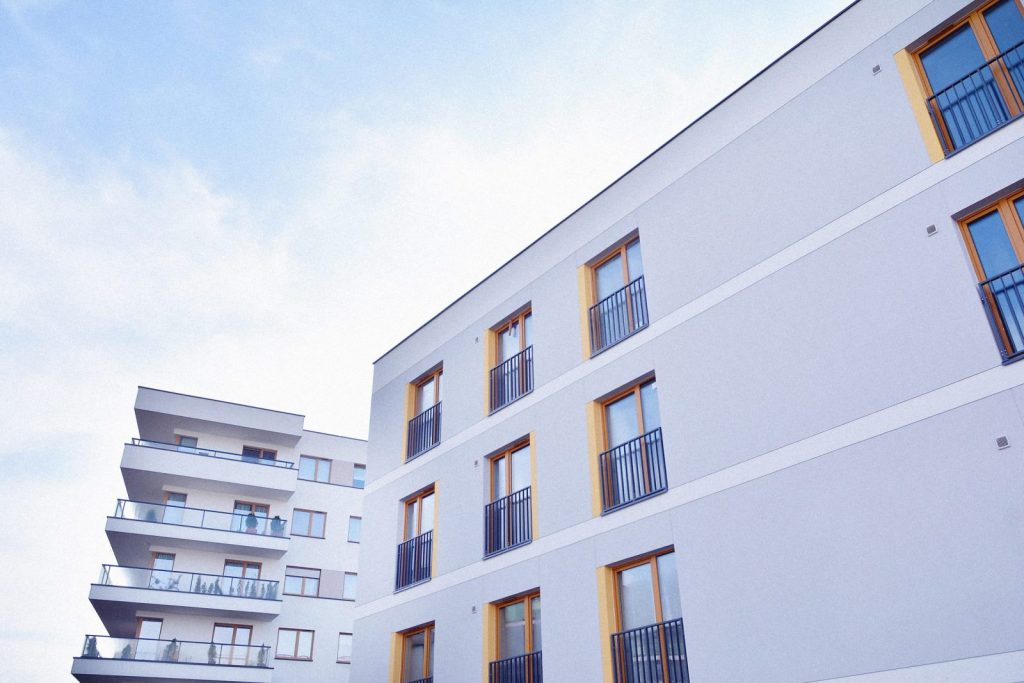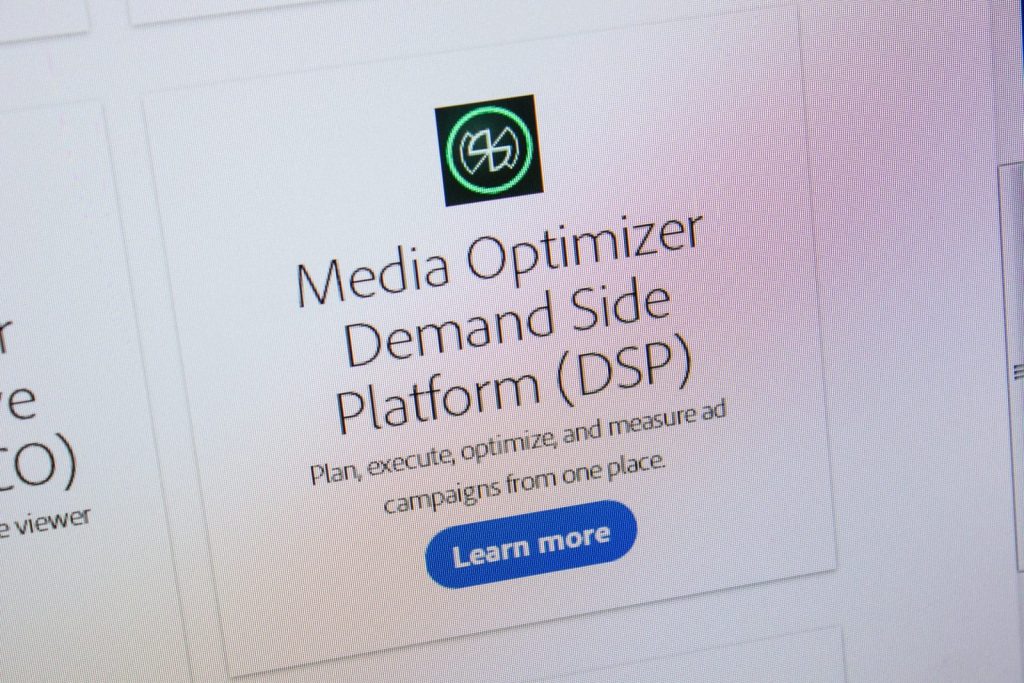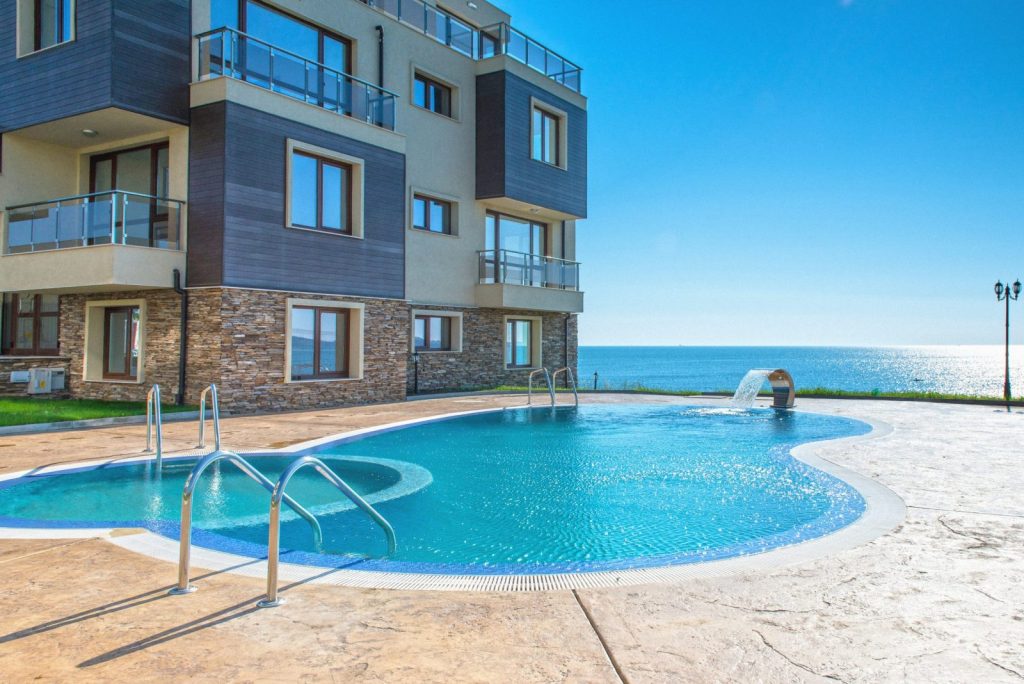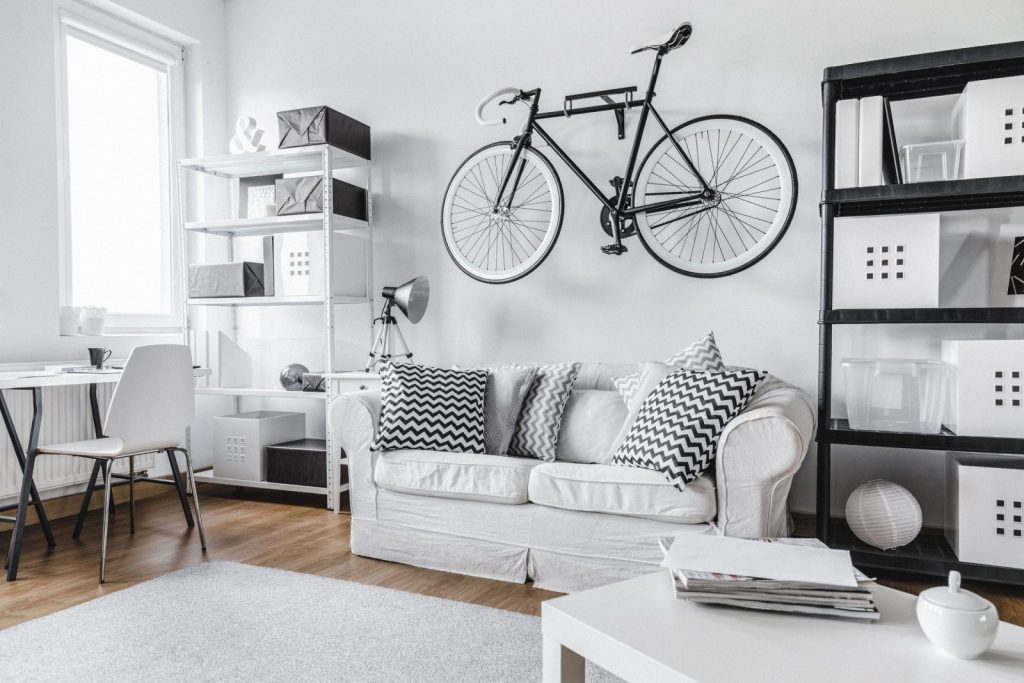What’s the Difference Between Co-Living and Co-Housing?
Two up-and-coming buzzwords in the worlds of residential real estate and property development marketing, co-living and co-housing draw upon the best of historical traditions and new trends to create shared living environments and communal spaces. There is certainly nothing new about shared living spaces. Offering co-living home options in major cities that span the United …
What’s the Difference Between Co-Living and Co-Housing? Read More »










